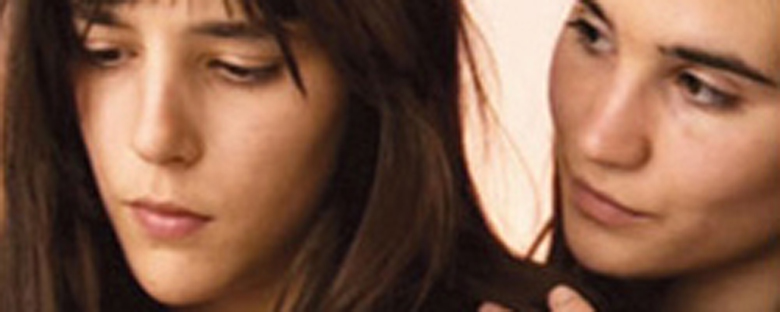Reviews
À travers la forêt
Jean-Paul Civeyrac
France, 2005
Credits
Review by Beth Gilligan
Posted on 14 October 2005
Source ID Distribution 35mm print
Related articles
Features: The 43rd New York Film Festival
Jean-Paul Civeyrac’s latest feature, Through the Forest is composed of ten meticulously crafted shots, each running for six or seven minutes. Despite this formal rigor, the narrative has a free-flowing, dreamlike quality, taking twists and turns that may leave audiences occasionally puzzled, but also deeply absorbed.
Atmosphere and mood are emphasized over plot, but the story essentially revolves around a young woman named Armelle who is mourning the sudden death of her boyfriend Renaud. She is surrounded by her two sisters, both of whom are troubled by her seeming incapacity to move on. After hearing Armelle describe the vivid dreams she’s been having, in which Renaud materializes to make passionate love to her, the more sympathetic of the sisters suggests she visit a medium to try to communicate directly with him. While at the medium’s, Armelle is shocked to glimpse a boy named Hippolyte, who bears an uncanny resemblance to Renaud.
Although Civeyrac uses a precise chapter-like structure to delineate nine of the ten shots, his camera is by no means static. During the scene with the medium (played with cat-like intensity by Mireille Roussel), the camera nearly becomes a character unto itself, roving across the room in sweeping motions which dramatize Armelle’s emotional turmoil. Civeyrac’s background as a choreographer comes through in this scene as well as the movie’s opening shot, in which a luminous Armelle breaks into an impromptu song before Renaud, who is revealed to have been a musician.
This emphasis on music and sound continues throughout the film’s 65-minute running time. The sounds of the natural world — birds chirping, the distant rumble of thunder — mix with the movie’s eerie musical score, adding to the trancelike atmosphere Civeyrac creates. Midway through the film, these elements become especially pronounced, as the aftermath of pivotal event calls into question whether a main character is alive, dead, or somewhere in-between.
As abstract as all of this may sound, the film has a startling immediacy, especially in its handling of grief. This is chiefly due to the performance by Camille Berthomier, who plays Armelle with deep intensity and (unexpectedly) occasional flashes of humor. Struggling to cope with conflicting emotions and desperate to reconnect with Renaud, her expressive face and demeanor draw the audience deep into this hypnotic tale.
We don’t do comments anymore, but you may contact us here or find us on Twitter or Facebook.



